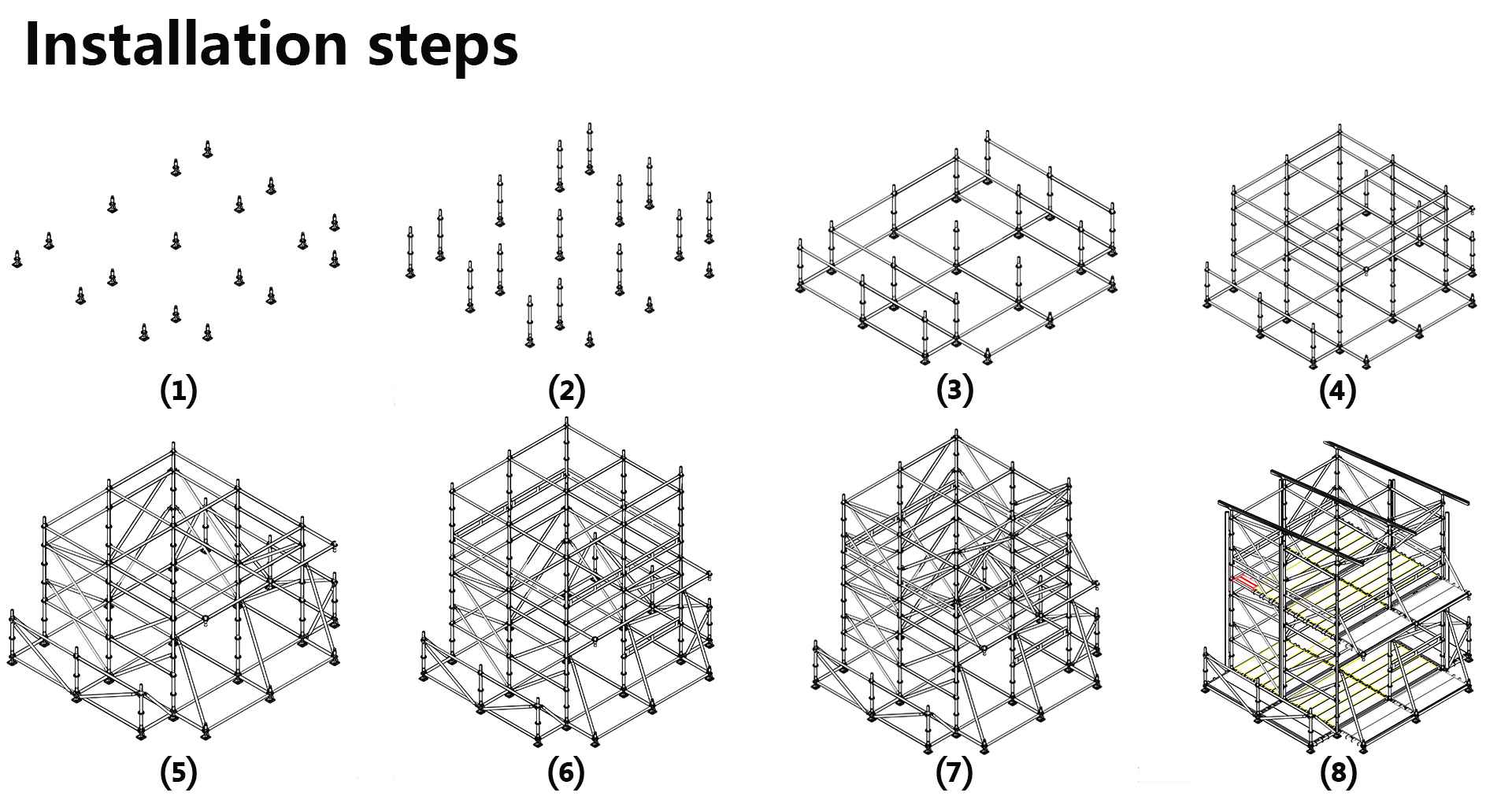What Are You Looking For?
the Layher truss system is a testament to the fusion of ingenuity and practicality in stage engineering. Its modularity, versatility, and inherent safety make it an ideal choice for creating robust and adaptable structures that seamlessly integrate with the demands of outdoor concerts. From the towering heights of festival stages to the intimate settings of smaller performances, the Layher truss system provides a foundation for creating unforgettable live music experiences, while simultaneously prioritizing the safety and well-being of all involved. It is a testament to the evolution of stage construction, pushing the boundaries of design and engineering to ensure the seamless execution of live performances, leaving audiences awestruck and inspired.
In the realm of live music, the stage is more than just a platform for performance; it is a complex, meticulously engineered structure that seamlessly blends functionality with aesthetic appeal. For outdoor concerts, where elements like weather and audience capacity necessitate robust solutions, the Layher truss system has emerged as a dominant force in FOH (front of house) engineering. This essay will delve into the myriad advantages of this system, examining its construction, versatility, and safety features, ultimately highlighting its role in creating unforgettable live music experiences.
At its core, the Layher truss system is a modular, lightweight, and highly adaptable scaffolding system. It relies on a network of aluminum or steel trusses, interconnected by a variety of connectors and bracing elements, to create a stable and adaptable framework. This modularity allows for limitless configurations, enabling stage designers and engineers to craft custom structures tailored to specific performance needs, whether it be a sprawling main stage for a festival or a compact set for an intimate acoustic performance. The system's lightweight nature minimizes transportation and assembly time, a crucial factor in the fast-paced world of live events.
Beyond its structural integrity, the Layher truss system excels in its versatility. The standardized components can be configured to support a wide range of equipment and elements, including audio systems, lighting rigs, video screens, and even architectural features. The adaptability of the system extends to its integration with other stage elements, seamlessly blending with backdrops, curtains, and other scenic design components. This versatility allows for the creation of visually dynamic and aesthetically pleasing stages that complement the performance and elevate the overall concert experience.
The safety of the Layher truss system is paramount, a crucial consideration for large-scale events with significant audience attendance. The system is rigorously tested and certified to withstand heavy loads and adverse weather conditions, ensuring the safety of performers, crew, and attendees. The modular nature of the system allows for regular inspection and maintenance, mitigating potential risks and ensuring structural integrity throughout the event. Furthermore, the system's ease of assembly and disassembly contribute to a safer working environment for crew members, minimizing the potential for accidents.
The Layher truss system's impact extends beyond the immediate realm of stage construction. Its efficient design, modularity, and inherent safety translate into environmental benefits. The reusable components minimize waste, reducing the impact on the environment compared to disposable construction materials. Furthermore, the system's lightweight design lowers transportation emissions, further reducing the environmental footprint of the event.
